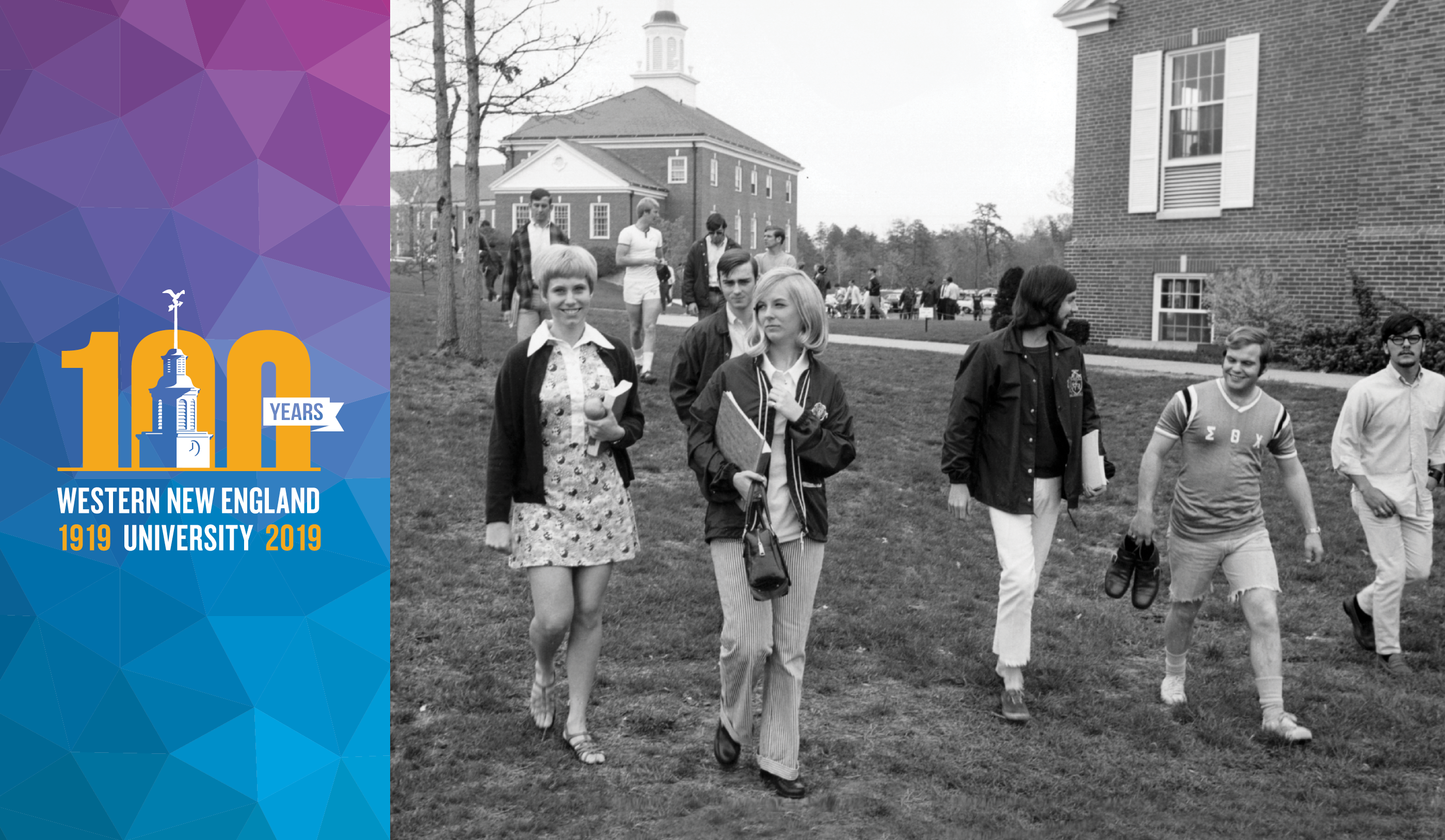
One Historic Century
Western New England University Celebrates Our Centennial!
By Mary McLean Orszulak G’10
It’s a milestone that has been a century in the making—in 2019 our beloved Western New England University is turning one hundred—and we’re celebrating!
The world has changed a great deal since our first students opened a textbook and began their academic journey at the institution that would become known as Western New England University. The year was 1919, and while those students were young working adults attending part-time evening classes in rooms rented at the Springfield Central YMCA, their goals and ambitions were no different than those of our students studying on laptops today: to use their educations to transform their lives.
Those pioneering students were a part of a bold experiment to make a private college education accessible and affordable to working class people living in the Post-World War I boomtown of Springfield, Massachusetts. Northeastern University, then a college, had recognized a need for programs in business, accounting, and law beyond its Boston campus and decided to open satellite divisions in industrialized cities throughout New England. Springfield-Northeastern, as our division was known, welcomed its first students at a tuition cost of just $100 annually. Three years later, in 1922, it graduated its inaugural class comprised of many future city leaders and staunch supporters of what this new venture would one day become.
Within those crowded first classrooms, students found opportunity, community, and accessibility to higher education, tenets that remained core values that have attracted more than 48,000 students to pursue bachelor, master’s, or doctoral degrees at Western New England University. Their stories are intrinsically bound with our story, our shared history in this remarkable first century.
1920s

Under the direction of Dr. John D. Churchill, who would later become Western New England’s founding president, the Springfield-Northeastern Division grew in the 1920s to include the Evening School of Engineering, which in 1925 became the Springfield Engineering Institute run by the YMCA. In 1927, the business program was extended to offer a B.B.A. and the M.B.A. was introduced. By the close of the 1920s enrollment reached 400 students.
1930s
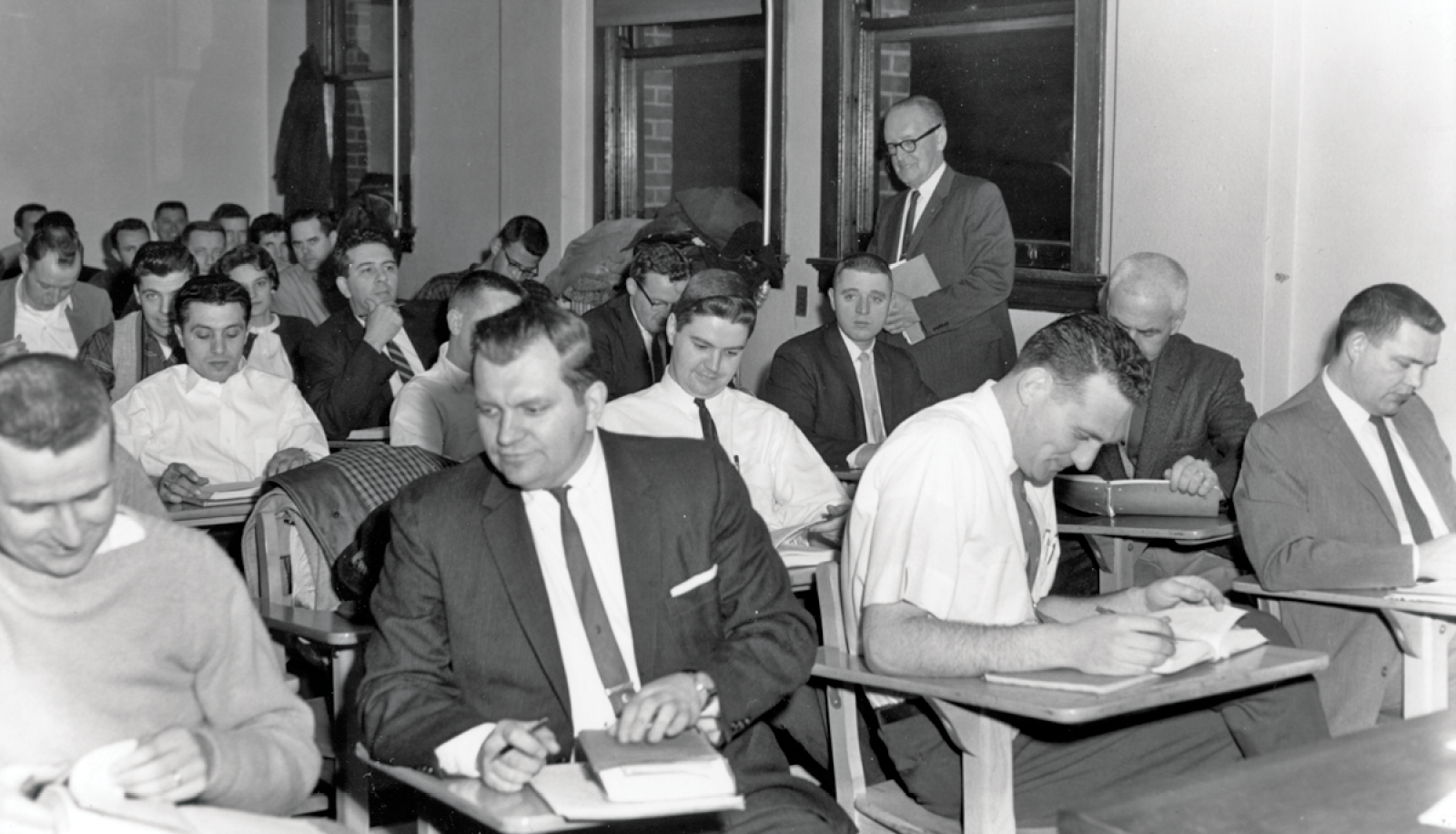
During the Depression years, the Springfield Engineering Institute revamped its curriculum and was reabsorbed into Northeastern University in 1930, becoming the Applied Science Program in the School of Commerce and Finance and granting the degree of Bachelor of Commercial Science (B.C.S.), the only Northeastern entity to award that degree. That year the Educational Committee of the Springfield Division became the Board of Governors, under the close direction of Northeastern University.
1940s
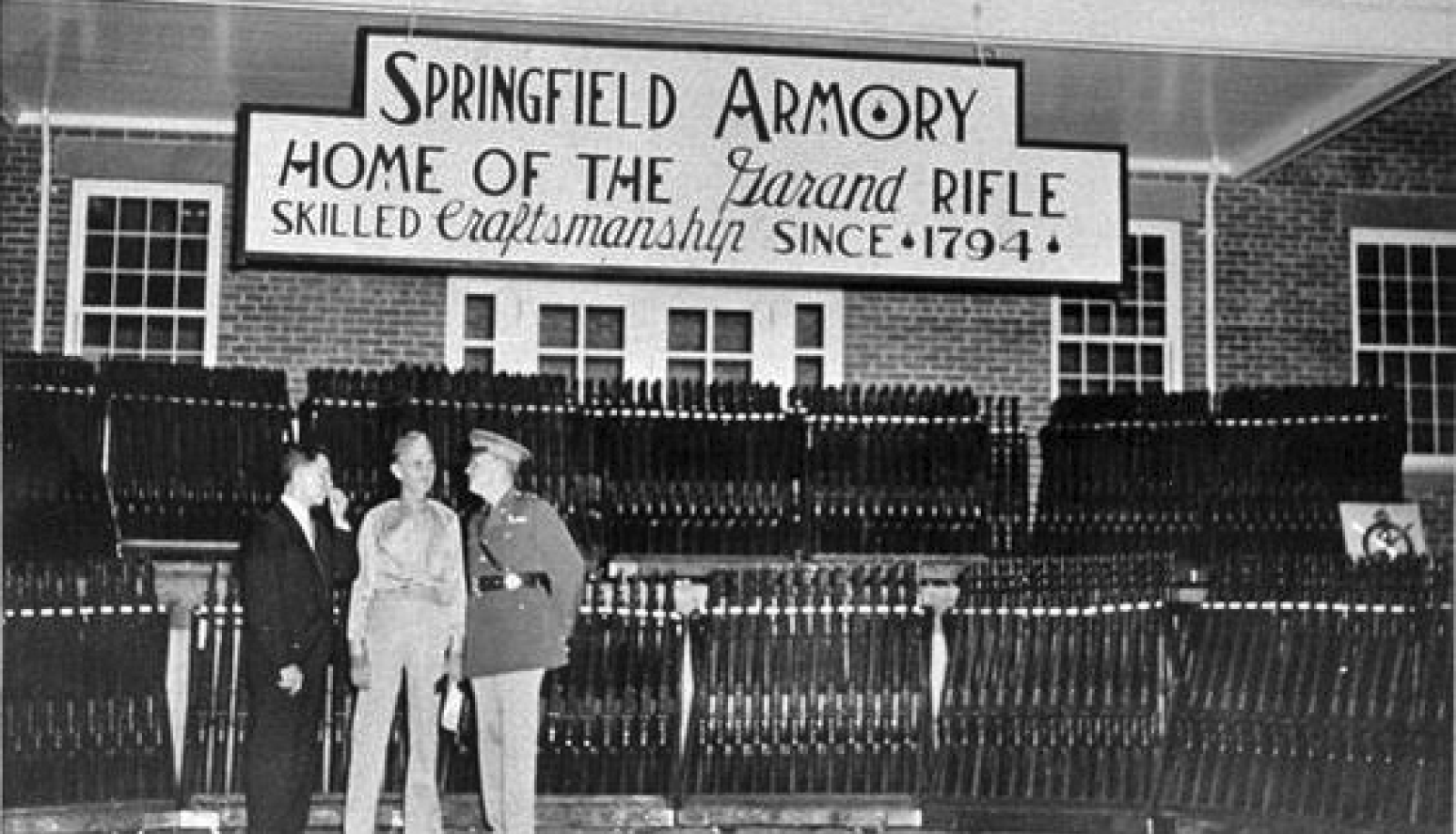
In the forties, particularly in the lean enrollment years during World War II, Northeastern University separated itself from all divisions except Springfield. Between 1941-45 the Springfield Division participated in the Engineering Defense Training Program and in the Engineering, Science, and Management Defense Training Program. But by the end of 1942, the law program was phased out and closed entirely because the ABA would not accredit legal programs in more than one Northeastern location. In 1945 the influx of returning war veterans swelled enrollment ranks.
1950s
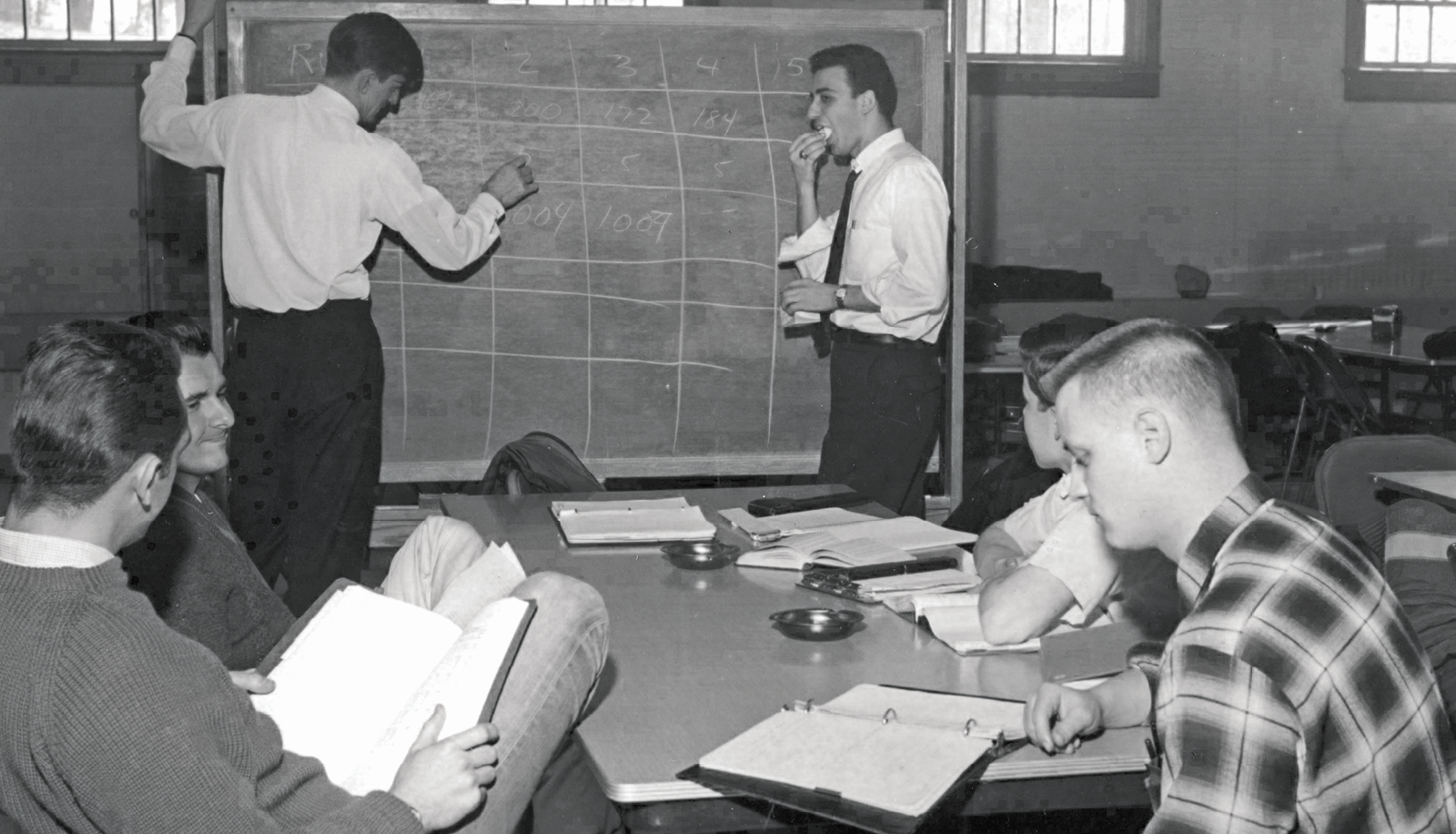
By mid-century, the institution faced a historic crossroads. In July 1950, Northeastern communicated to the YMCA that the Springfield Division was to be terminated as soon as possible. After exploring options, the Springfield Division Board of Governors sought to create a distinct institution. In 1951, an autonomous charter was obtained to grant and confer the degrees of Bachelor of Business Administration and Bachelor of Laws. With just three full-time employees, the Springfield Division of Northeastern University was renamed Western New England College and Dr. John D. Churchill (1951-54) was elected president. In 1955, following the death of Dr. Churchill, Class of 1922 valedictorian Stanley O. Smith stepped in as acting president until Dr. Beaumont A. Herman (1955-76) was elected. A year later, the College’s charter was amended to allow a B.S. in Engineering and an M.B.A. degree. A Day Division in Engineering was added in 1957.
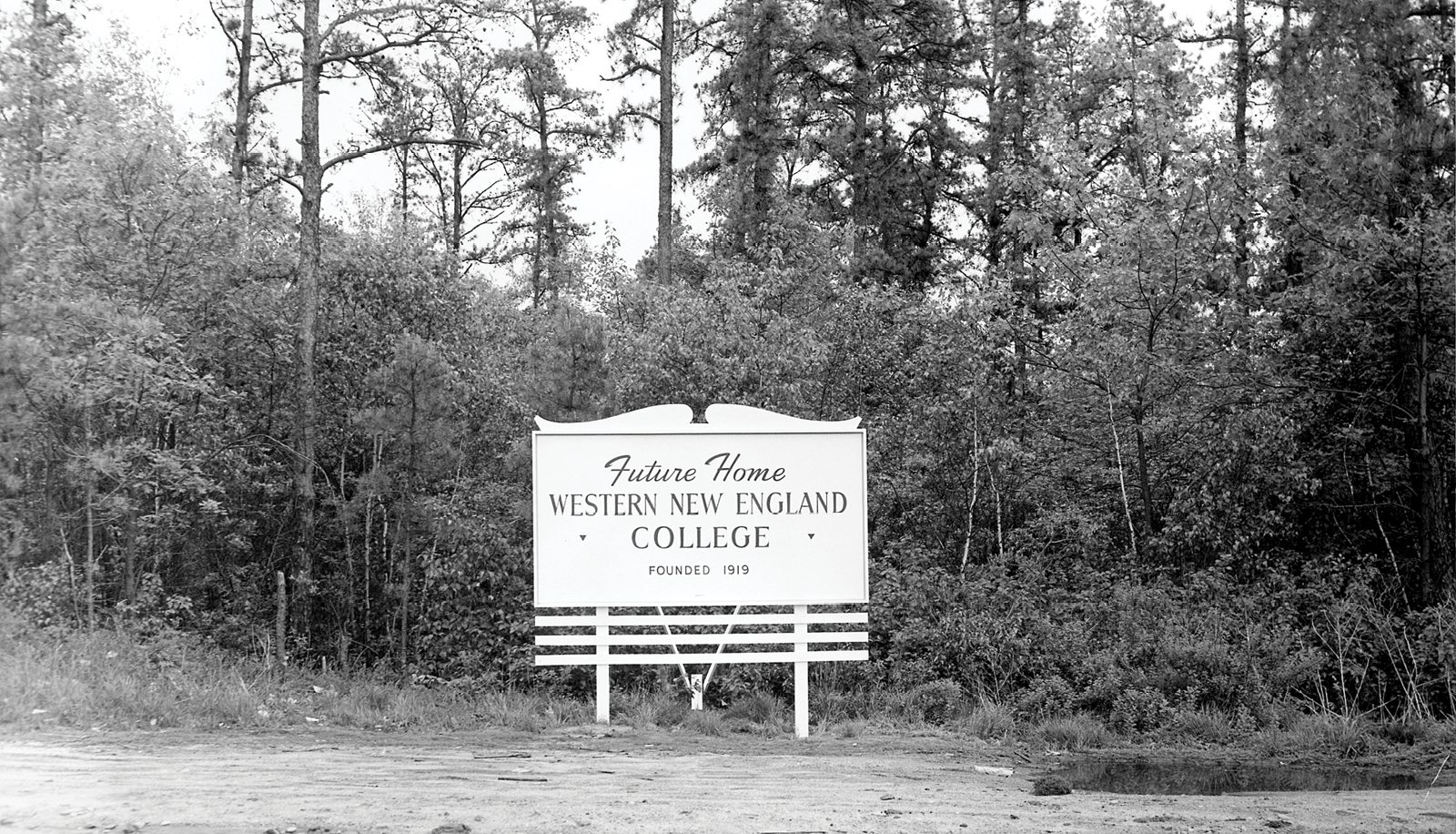
1960s
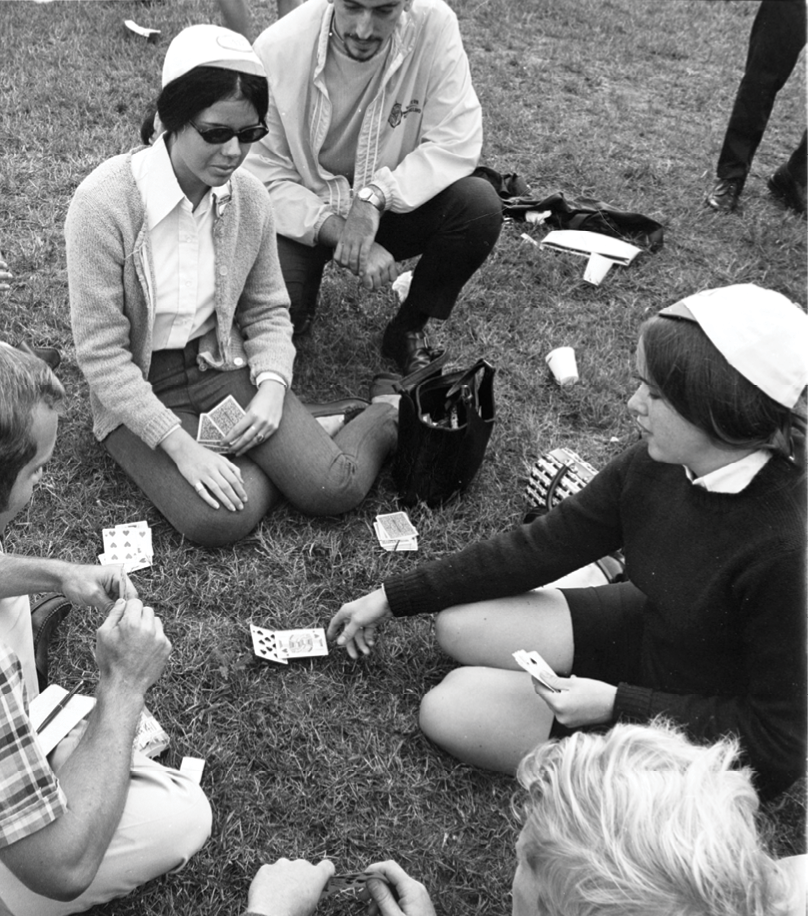
Called “The Miracle on Wilbraham Road” by the local community, the land purchased by the College quickly took shape into a campus. Led by President Beaumont Herman, the sixties saw a flurry of growth in academic programs, the physical campus, and the creation of a distinct learning community. The School of Arts and Sciences was established in 1966. Construction projects included the first administrative building, a library, second classroom building, a campus center, and the first dormitories forming the Quad, and later the first women’s dorm. The transition from a commuter campus to a residential one sparked the development of myriad student activities and support services along with personnel to oversee them, including the first athletic coach.
1970s
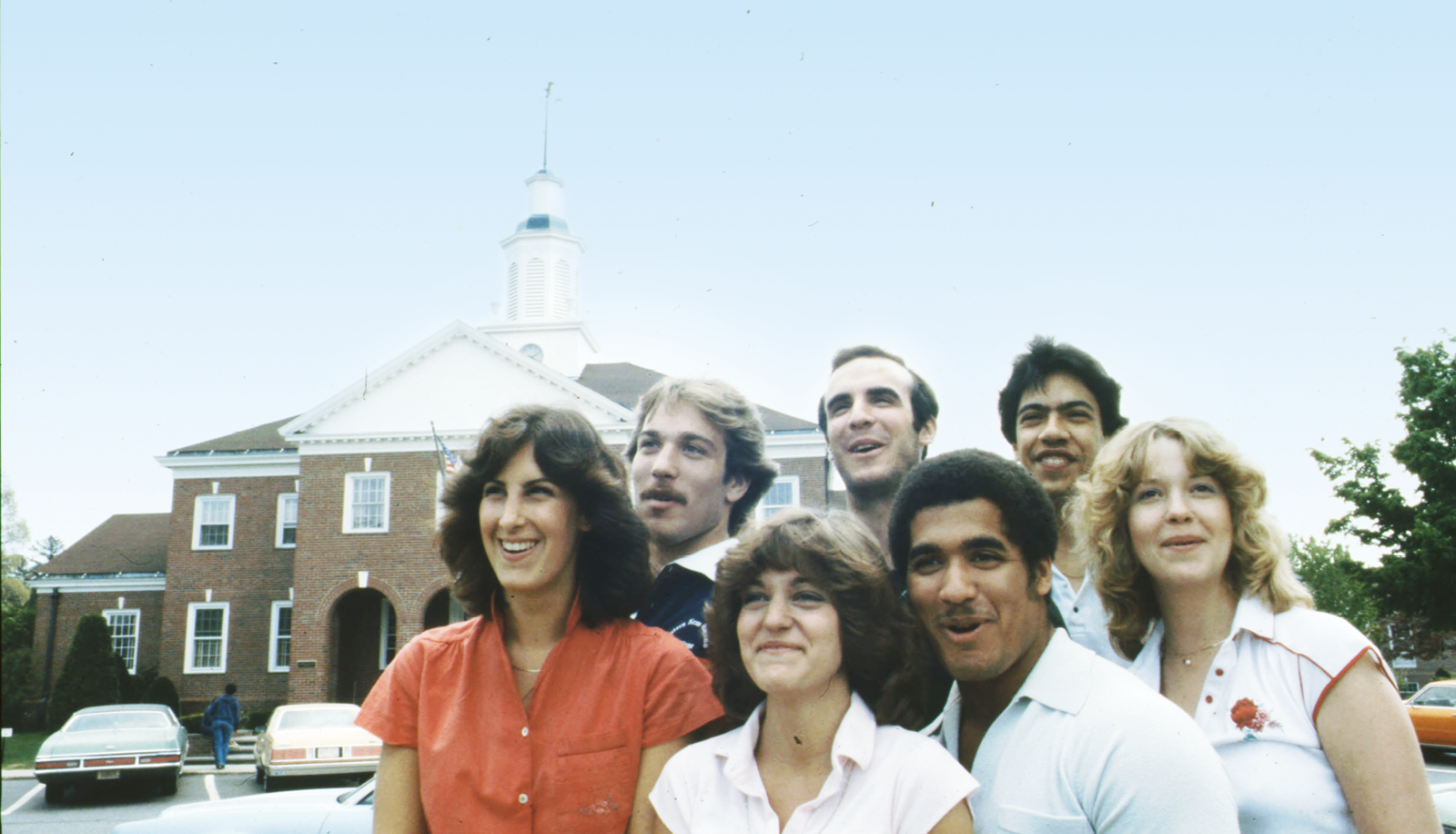
The seventies welcomed a surge of Baby Boomers with undergraduate enrollments exceeding 1,700. As a stipulation for accreditation, the College was required to establish a School of Business with a Day Division. During the tenure of President Richard Gottier (1976-79), the School of Law initiated a full-time day J.D. program at a leased site, which was accredited by the ABA in 1978, and moved to the Blake Law Center in 1979. Off-Campus Programs were established at Hanscom Air Force Base to serve military personnel.
1980s
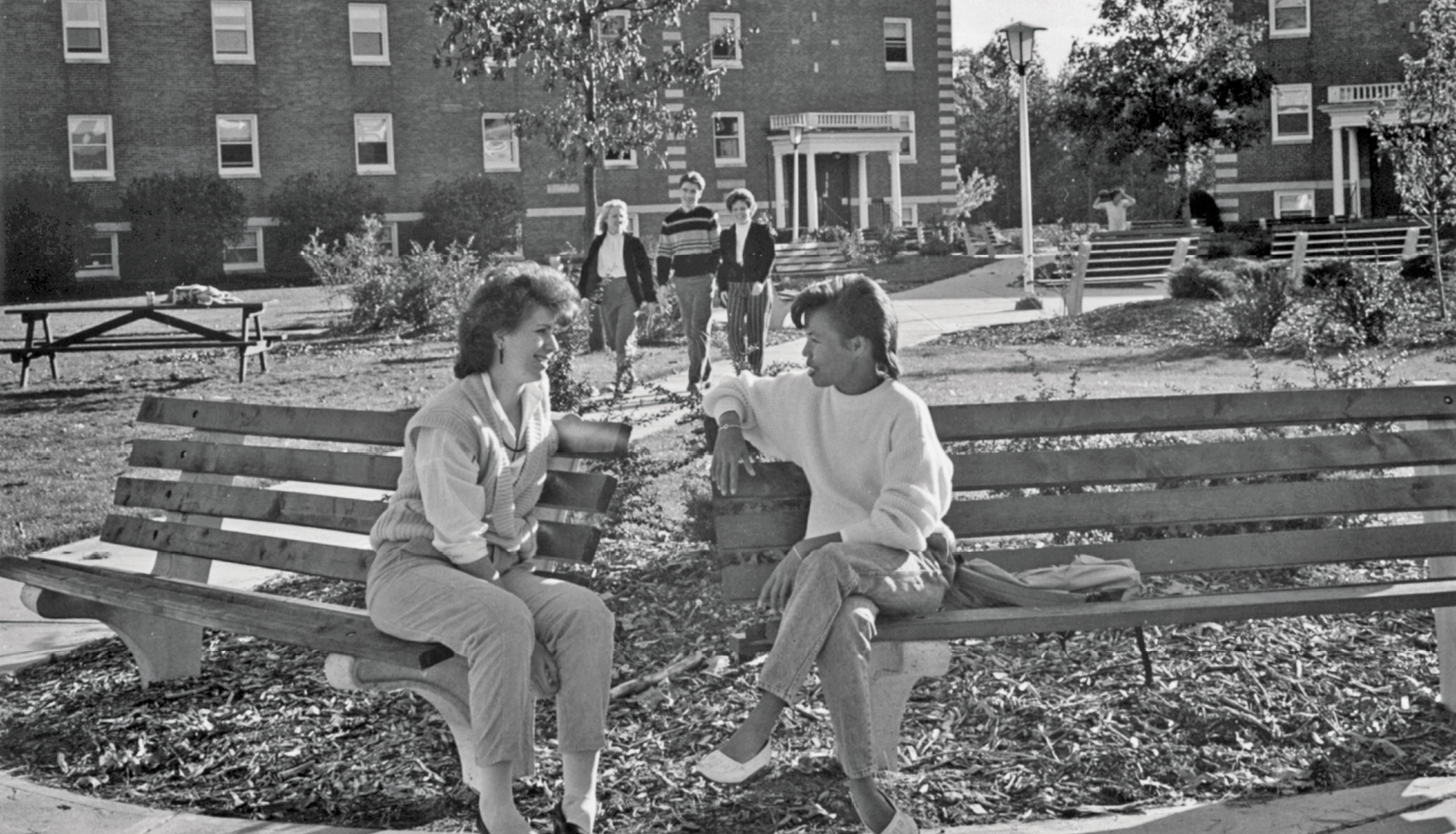
By the 1980s, under the direction of President Beverly White Miller (1980-96), the College was thriving with five schools (Arts and Sciences, Business, Continuing Education, Engineering, and Law), 14 varsity sports, and an enrollment of 5,398. Major construction and renovation projects and land and property acquisitions enhanced the campus. This decade saw the development of continuous ongoing strategic planning for the institution and the recognition of the need to support campus diversity through the creation of the Office of Diversity Programs and Services.
1990s
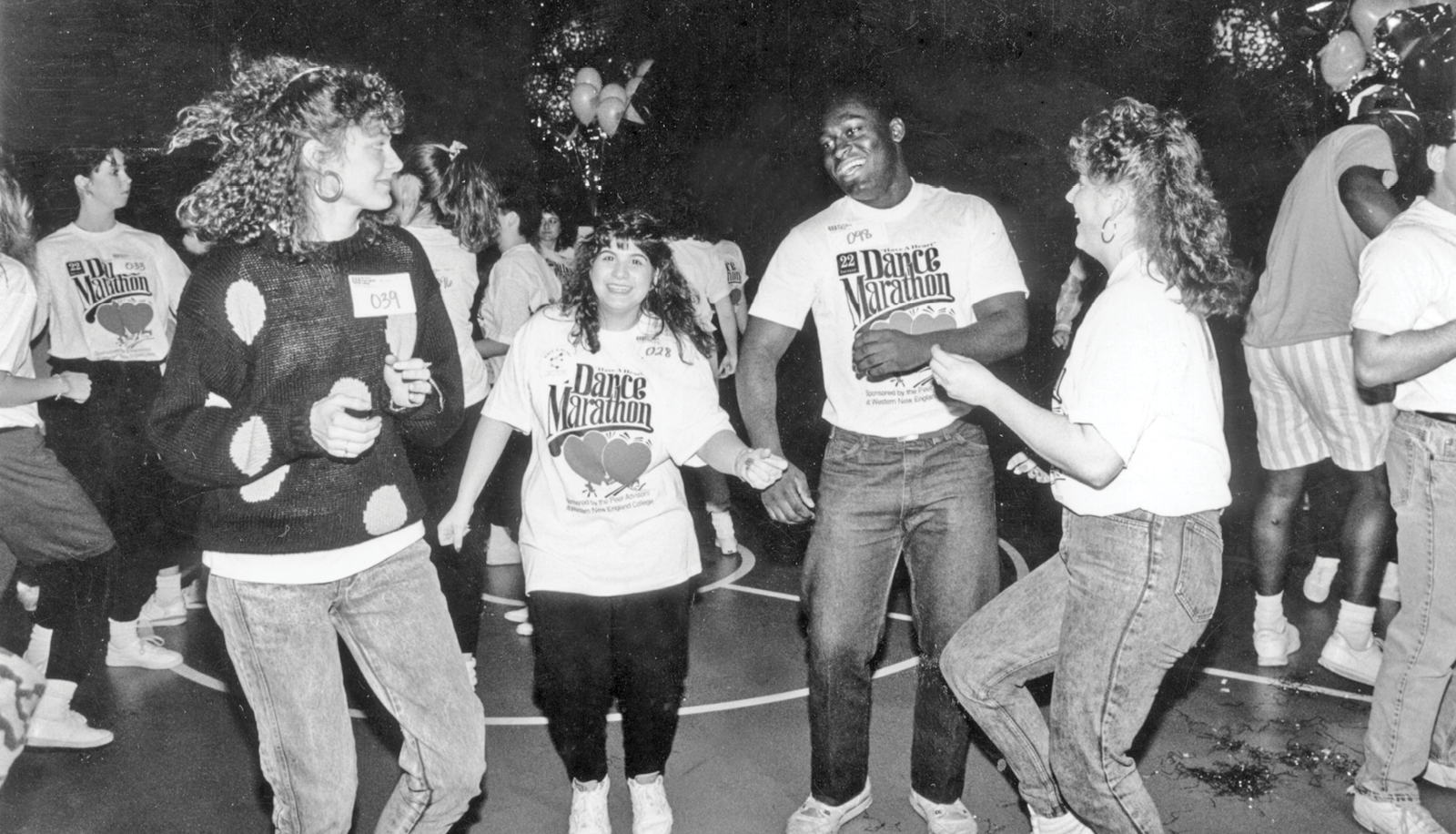
Thanks to the generosity of graduates who supported the “Buy a Brick” campaign, the Alumni Healthful Living Center was built. The Off-Campus Programs expanded to 19 sites. Following his installation as president Dr. Anthony S. Caprio commissioned self-studies to help inform strategic planning, including an assessment of the impact of the growing Athletics Program. The results of this research led to the development of numerous reports and Strategic and Facilities Master Plans, which provided a roadmap for developing new academic, athletic, diversity, and support programs; enhanced campus facilities; initiatives for faculty development; improved processes through technology; increased international recruitment and travel opportunities; and increased alumni engagement and giving.
2000s
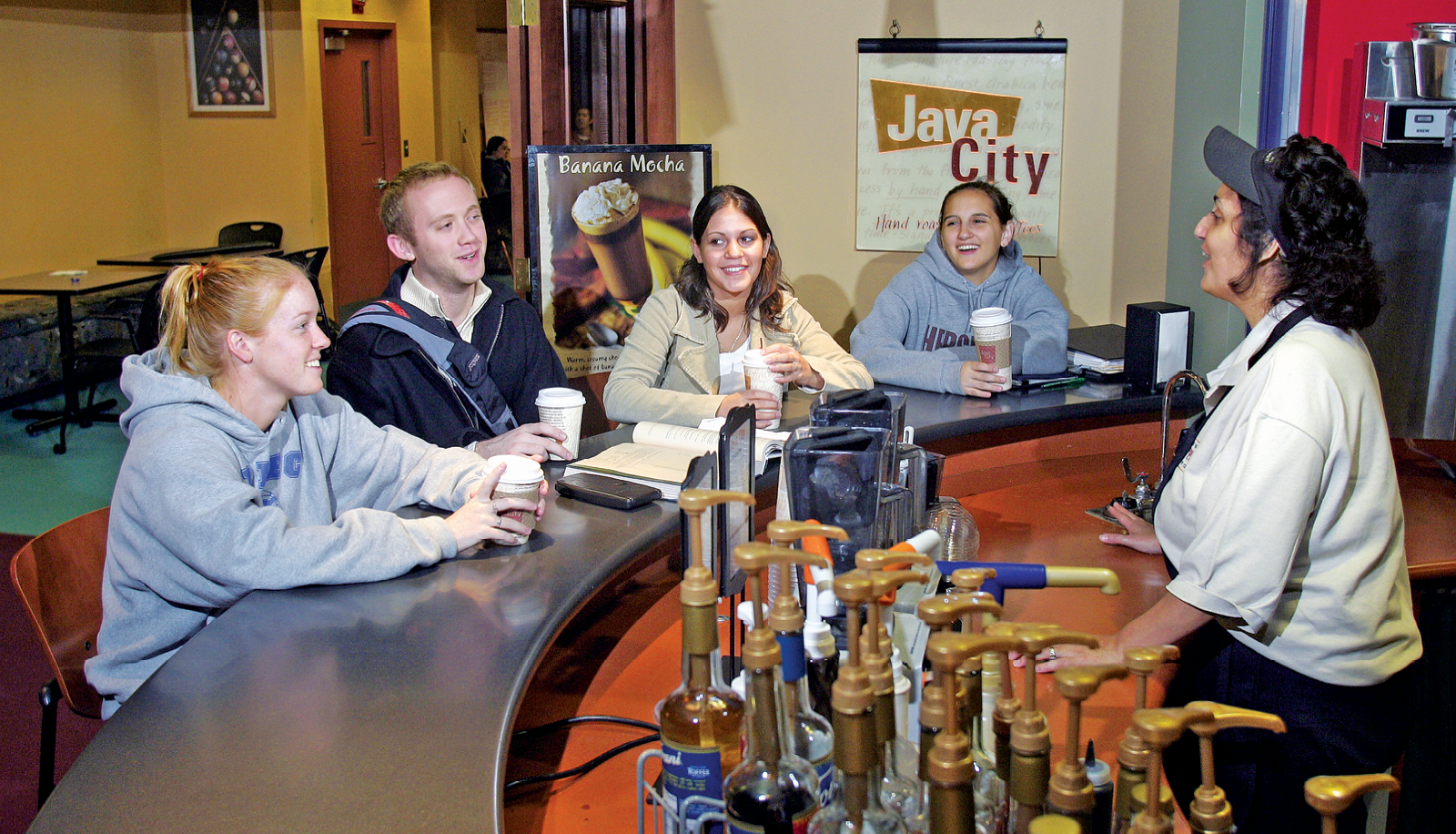
In the first decade of the new millennium, Western New England began to fully realize the impact and the potential of the Digital Revolution on how it recruited, supported, and taught students. After an intensive multiyear effort, the School of Business earned AACSB International accreditation in 2006. Modernization and expansion of campus facilities continued at a record pace. The College website became a prominent vehicle for recruitment while online learning developed into a staple of graduate study. Western New England was named to U.S. News & World Report’s list of America’s Best Colleges. The first doctoral program was offered in Behavior Analysis, paving the way for a transition to university status. Due to new state mandates, the Off-Campus Programs were discontinued. The decade concluded with the establishment of the School of Pharmacy and the unveiling of the Center for the Sciences and Pharmacy.
2010s
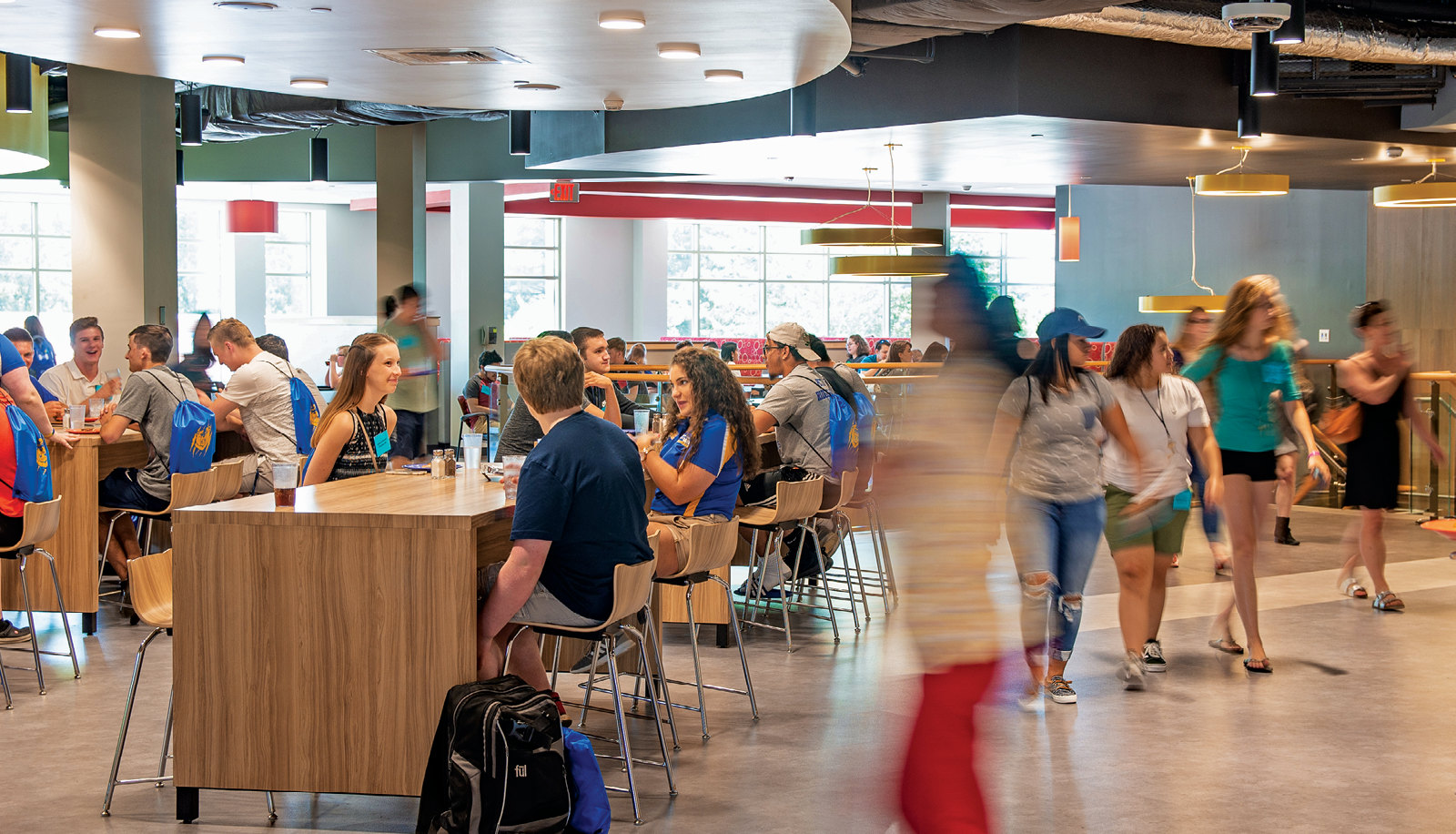
On July 1, 2011, Western New England College officially became Western New England University. The change to university status better reflected the institution’s growth, diversity, entrepreneurial culture, and expansion of graduate and doctoral offerings with a worldwide reach. Along with the change in name of the University, four of the Schools: Arts and Sciences, Business, Engineering, and Pharmacy became “Colleges,” while the School of Law retained its name. The University’s tenth decade saw the institution continue to grow its physical plant to remain vibrant. Despite national and institutional financial challenges, population shifts, and greater competition for students, the University powered on. With the introduction of the Doctor of Occupational Therapy program and anticipated future growth, the University’s fourth college was renamed the College of Pharmacy and Health Sciences. Today Western New England has become a comprehensive university offering 90 academic programs that attract students from around the globe to our evolving campus.
A BRIGHT FUTURE
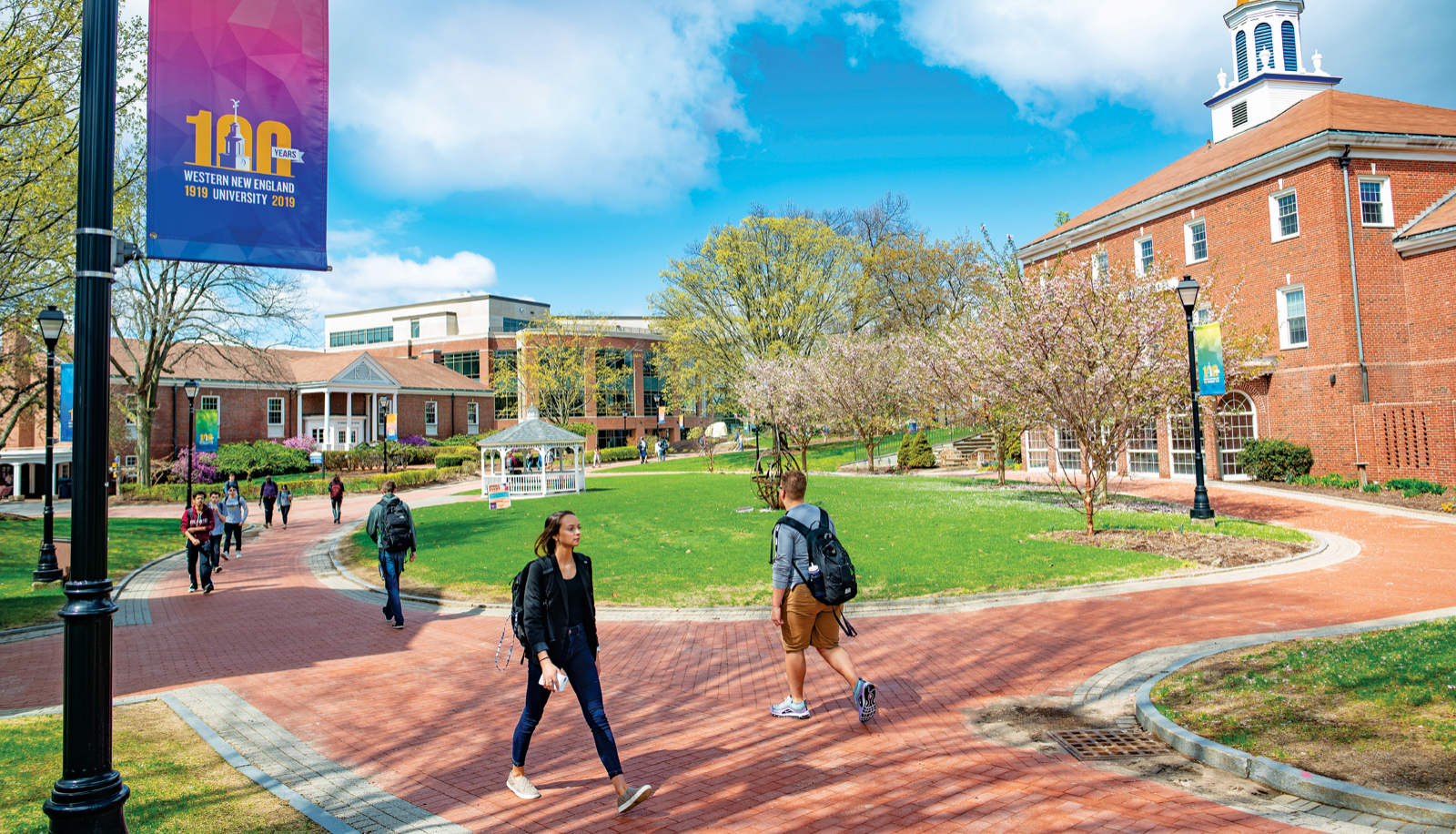
At the dawn of its second century, Western New England University can look back with pride on all that it has accomplished and forward to a bright future. Thanks to the strong leadership of the visionary men and women who sought to create an institution built on accessible programs integrating liberal and professional education, Western New England University is ready to write its next chapter. You can play a part in that.
Visit wne.edu/centennial to learn more about our centennial and upcoming events.


